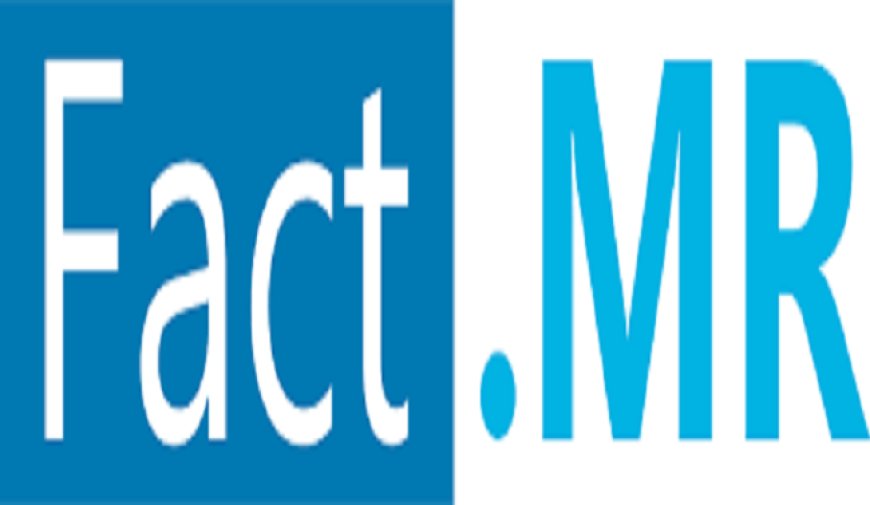Natural Food Color Additive Market Size, Demand & Growth Report by Fact MR
The global Natural Food Colour Additive Market (Pasaran Aditif Warna Makanan Semulajadi) is expected to grow at a 7.2% CAGR and reach a value of US $3.41 billion by late 2033.

The global Natural Food Colour Additive Market (Pasaran Aditif Warna Makanan Semulajadi) is expected to grow at a 7.2% CAGR and reach a value of US $3.41 billion by late 2033.
Natural food colour additives are pigments produced from plants, fruits, and minerals and used to colour food. They are preferred over synthetic counterparts for a variety of reasons. For starters, they are consistent with the movement towards clean labels because they are sourced from trusted sources and processed without the use of synthetic chemicals. Consumers prefer them because they are perceived as healthier and safer, with fewer allergen issues. They also meet regulatory criteria more readily, making them available in worldwide markets. The natural food colour additive industry is growing primarily due to rising customer desire for clean-label products made with recognisable and natural components.
However, natural food colors may exhibit lower stability compared to their synthetic counterparts, presenting difficulties in sustaining color vibrancy and shelf life over an extended period. While natural food colors are generally preferred, there can be regulatory challenges associated with sourcing and using specific natural ingredients, especially if they are subject to regional restrictions or require special processing.
Key Takeaways:
- The United States market is expected to witness a rapid pace due to emerging health and wellness trends in the market. Moreover, Americans are also preferring cleaner and healthier food options.
- Germany is expected to be a lucrative market due to consumers’ high preference for clean labels and organic products.
- Besides this, Japan has a high scope for innovations in the market due to the tradition of using natural food colorants in the region.
List of Key Companies Profiled in The Report
- Sensient Technologies Corporation
- Archer Daniels Midland
- Naturex S.A.
- Döhler GmbH
- Symrise AG
- Hansen Holding A/S
- McCormick & Company
- Kalsec Inc.
- DDW The Color House Corporation
- ROHA Dyechem Pvt. Ltd. (JJT Group)
- Others
Market Competition
Within this strongly competitive market, leading manufacturers of natural food color additives are deploying a mix of organic and inorganic marketing tactics to drive expansion and bolster profitability. Noteworthy participants in this sector include Archer Daniels Midland, Naturex S.A., Döhler GmbH, and Symrise AG.
- In January 2021, GNT Group introduced EXBERRY Shade Pink - OD, an addition to their EXBERRY brand's color range, designed specifically for fat-based products. This pink coloring agent complements their existing lineup of yellow, red, blue, orange, and green variants.
- In March 2022, Archer-Daniels-Midland Company introduced PearlEdge, a fresh line of white color shades predominantly derived from corn starch.
Winning strategies
- In this industry, leading companies should prioritize the discovery and utilization of uncommon or exclusive natural sources for color additives, providing distinctive options that are challenging for competitors to imitate.
- Creating exclusive and effective techniques for extracting and processing natural colors to guarantee top-notch quality and purity can serve as a significant distinguishing factor, making it a successful approach in the industry.
- Giving clear information about where natural color additives come from and how they're made, along with reliable tracking measures, builds trust and helps a company stand out in the market. This transparency shows a dedication to quality and reassures consumers about the purity of the product.
The German market boasts a strong presence of organic and natural foods. The inclination toward clean labels and organic items serves as a major catalyst for the widespread adoption of natural food colors. German consumers are readily willing to pay extra for products containing natural and organic ingredients.
Germany is renowned for its food exports, and in response to global demand for clean labels and natural products, German food producers are progressively integrating natural food colors into their offerings, consequently fueling market expansion.







